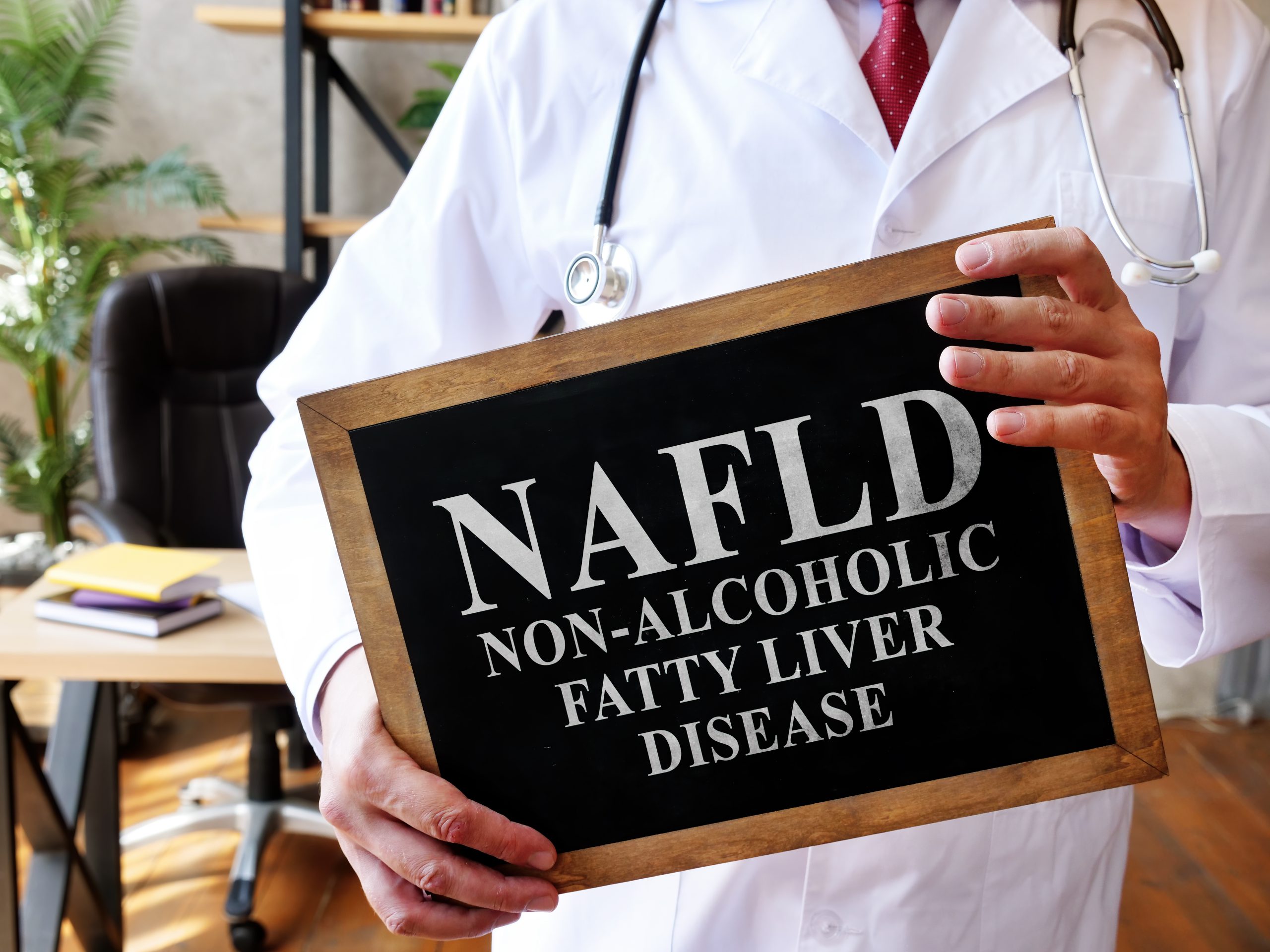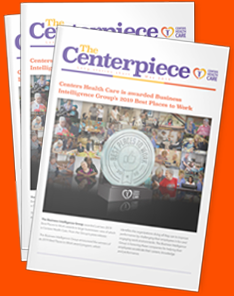Several health conditions related to weight gain and obesity have become prevalent in recent years, and medical professionals are concerned that an increasingly sedentary nature brought on by the COVID-19 pandemic over the past year will lead to an increase in these types of conditions.
One that doctors first identified in the 1980s and have seen an increase of is non-alcoholic fatty liver disease, or NAFLD. Weight gain and obesity can cause fat to accumulate in the liver and bring on serious health problems that mirror ones that alcoholics have.
Cooperstown Center for Rehabilitation and Nursing has a look at the dangers of NAFLD and how you can prevent it.
Rise in Obesity Leads to Rise in NAFLD
It’s estimated that around 80 to 100 million American adults are affected by NAFLD, and the averages went up this past year due to a major reduction in activity levels over the past year. But an increase in obesity is nothing new, as it has increased over the past 30 years from 23% to 42.5% of the population in the United States.
More Liver Concerns
In addition to NAFLD, doctors are also seeing an increase of non-alcoholic steatohepatitis (NASH). This is a more serious condition—a form of hepatitis that can progress to scarring of the liver or even cirrhosis.
Both conditions have combined to be the leading cause for liver transplants, according to 2018 data.
Both Conditions Tied to Obesity Levels
Those with these conditions have been found to generally have high cholesterol, high blood sugar, and high blood pressure. Liver biopsies are also very invasive procedures, so the best way to avoid these conditions are exercise and weight loss. Fatigue and yellowing of the skin are often signs of liver disease.
To learn more about Cooperstown Center for Rehabilitation and Nursing and all of the services they offer, visit http://cooperstown-center.facilities.centershealthcare.org/.






